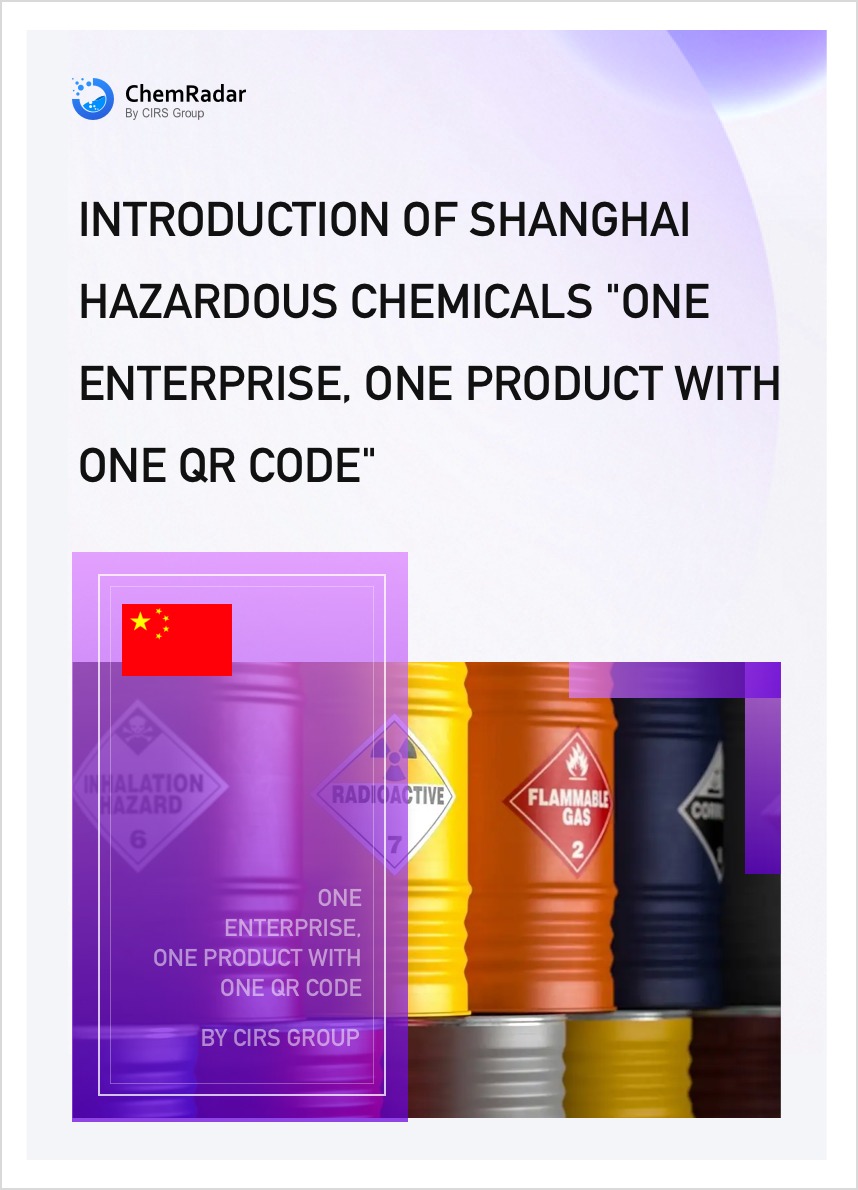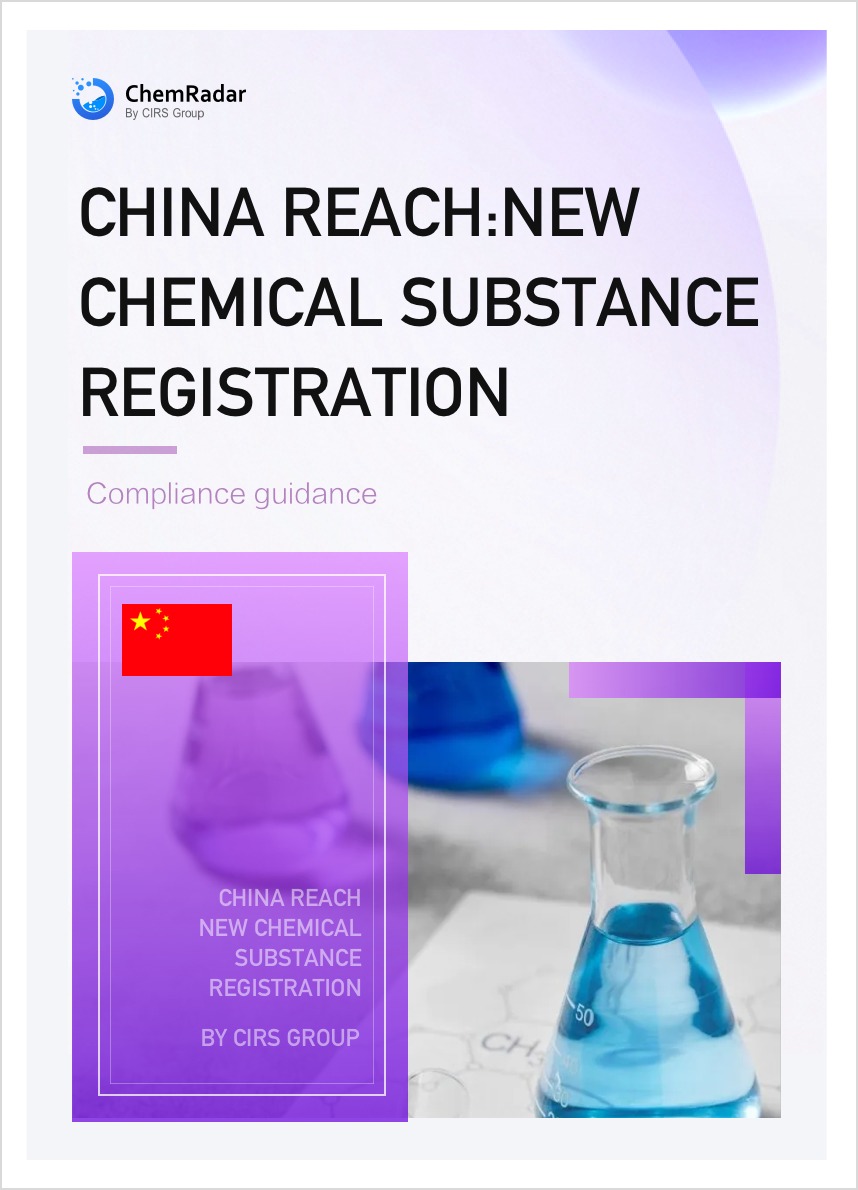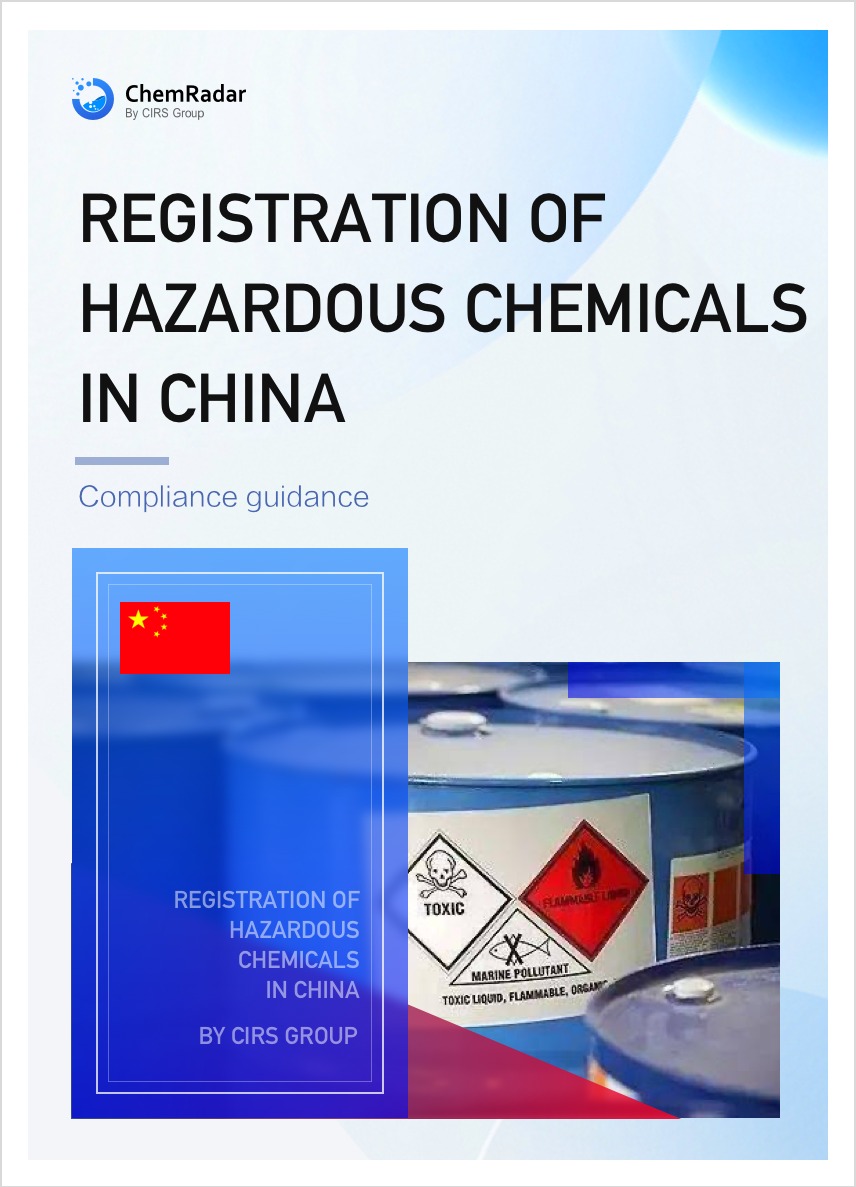On July 29, 2025, the Secretariat of the National Food Safety Standard Review Committee announced the drafting of 30 national food safety standards, including the National Food Safety Standard-Standard for the Use of Nutritional Fortification Substances in Foods, for public consultation. This initiative is conducted in accordance with the Food Safety Law and its implementing regulations.
Broad Scope of Standards Open for Comment
The 30 standards cover critical areas of the food safety chain, including: 1 General standard, 2 Contaminant standards, 2 Food product standards, 5 Nutrition and special dietary food standards, 16 Food additive standards,2 Food-related product standards,2 Hygienic practice standards for production and operation.
General Safety Requirements on Food Contact Materials and Articles
Of particular significance is the draft General Safety Requirements on Food Contact Materials and Articles (GB 4806.1), jointly released by the National Health Commission and the State Administration for Market Regulation. This standard specifies the terms, definitions, basic requirements, compliance rules, testing methods, traceability, and product information for food contact materials and articles, applicable to all categories of such products. It will replace GB 4806.1-2016 National Food Safety Standard- General Safety Requirements on Food Contact Materials and Articles and GB 4806.13-2023 National Food Safety Standard- Composite materials and products for food contact.
Key Revisions
1. Stricter Basic Requirements
- Added requirement for producers to conduct safety assessments of Non-Intentionally Added Substances (NIAS) in products.
- Deleted clause 3.6 on functional barriers; incorporated relevant content into section 4.1 Raw Material Requirements.
- Revised requirements for the production process of food contact materials.
- Added principle-based requirements for the use of functional barriers.
2. Consolidated Limits and Compliance Rules
Merged the original Limits Requirements and Compliance Principles sections into a unified Compliance Rules chapter, divided into 2 parts, including General Requirements and Requirements for Food Contact Materials and Articles Composed of Multiple Materials.
General Requirements: Added principles for using non-approved substances outside functional barriers in food raw materials, and specified compliance rules for substances with both Specific Migration Limits [SML or SML (T)] and Quantity in Material (QM) restrictions.
Requirements for Food Contact Materials and Articles Composed of Multiple Materials: Covers compliance rules for composite materials/articles, combined materials/articles, coated articles, etc.
3. Standardized Product Information
Categorized product information into three sections: general requirements, declaration of compliance, and labeling. Detailed requirements include label placement, content, and principles for finished products to facilitate traceability and enforcement.
Comparison with International Regulations/Standards
This standard serves as a critical general benchmark within China’s national food safety standards system for food contact materials. It forms the foundation for other product standards, testing methods, and specifications. During revision, alignment was ensured with the National Food Safety Standard-Standard for the Use of Additives in Food Contact Materials and Their Products (GB 9685-2016) and other product standards to maintain coherence across the food contact materials standards framework.
Major developed economies and regions, including the EU, U.S., and Japan, have established regulations and documents governing general safety requirements for food contact materials. Key examples include: EU Regulation (EC) No 1935/2004 (Framework Regulation on Food Contact Materials and Articles), EU Regulation (EU) No 10/2011 (Plastic Materials and Articles Intended for Food Contact), Council of Europe (CoE) Resolutions on Food Contact Materials, U.S. FDA 21 CFR (Code of Federal Regulations, Title 21) and Food Contact Substance Notifications (FCN), Japan’s Food Sanitation Act and Notice No. 370, Recommendations by Germany’s Federal Institute for Risk Assessment (BfR).
Participation and Feedback
The public is invited to submit feedback online via the National Food Safety Standard Management Information System (https://sppt.cfsa.net.cn:8086/cfsa_aiguo) by September 26, 2025. The feedback will contribute to the scientific development and effective implementation of these standards, jointly advancing the further refinement of China’s food safety regulations.
Further Information



